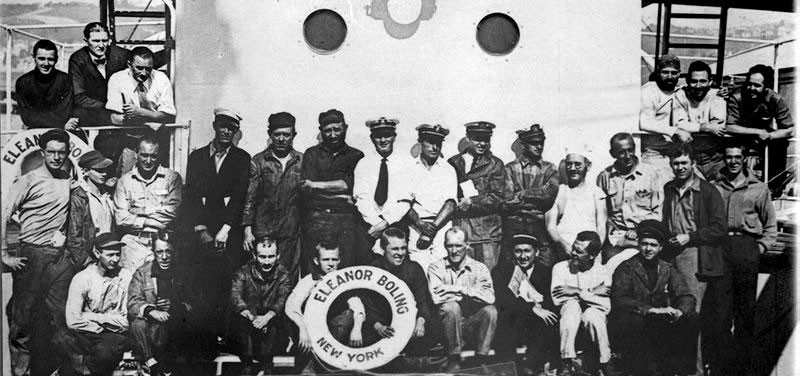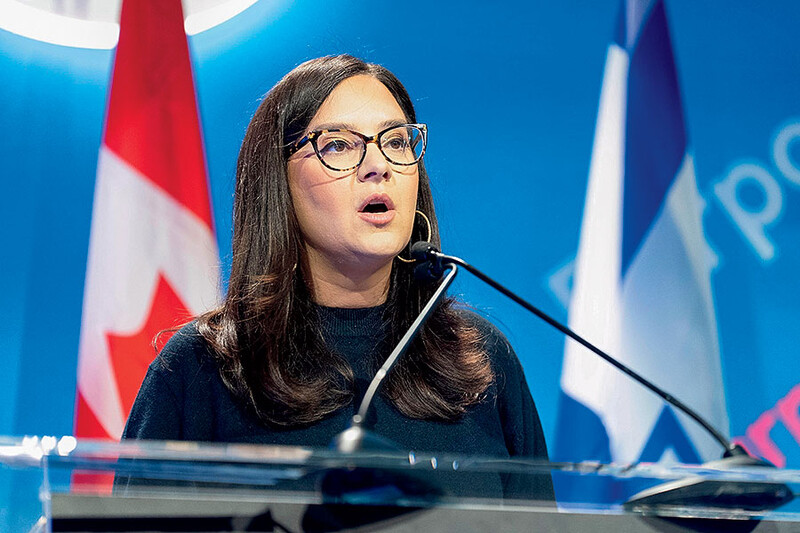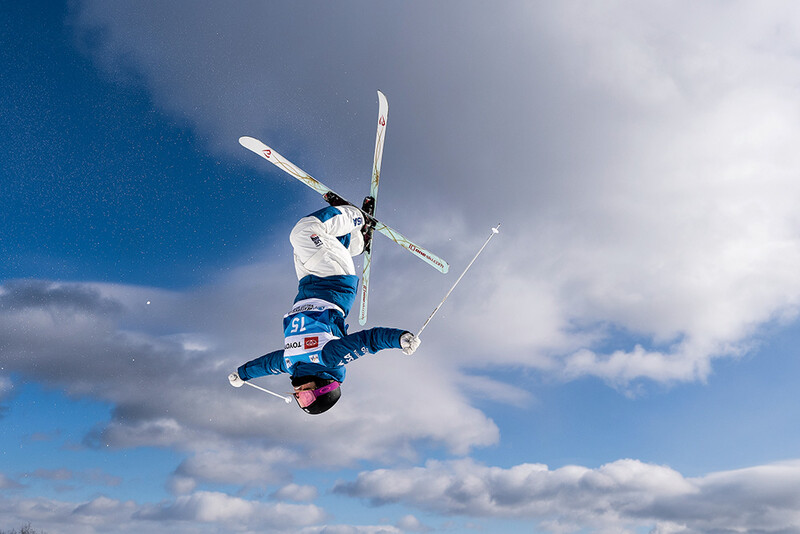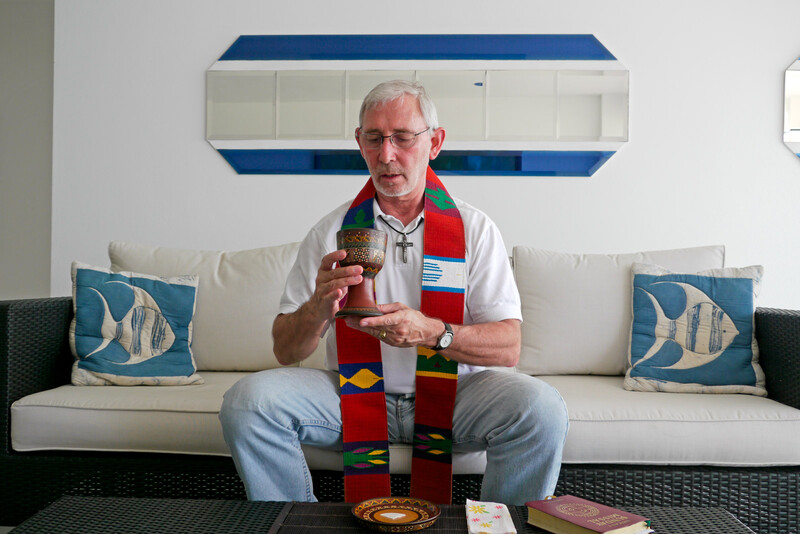The Tale of the Stowaway who Traded Antarctic Adventures for a Columbia Classroom
Billy Gawronski’s 1930 application to study at Columbia may go down as one of the most unusual in University history. His singular achievement as a young man? Stowing away on America’s first expedition to Antarctica. His only academic reference? Admiral Richard Byrd, the first explorer to reach the South Pole by air.
Gawronski, the son of Polish immigrants, was just seventeen and living in Bayside, Queens, when Byrd announced his intention to sail two ships carrying three planes to the Ross Ice Shelf in 1928. Along with tens of thousands of other would-be adventurers, including members of the Vanderbilt and Rockefeller families, Gawronski longed to join the crew. And so at roughly 4:00 a.m. on August 25, 1928, he swam from the Manhattan docks to Hoboken to reach the City of New York, the flagship of Byrd’s flotilla.
Gawronski was caught hiding in the ship’s hold. Undeterred, he twice tried to stow away on Byrd’s supply ship the Eleanor Bolling, even hitchhiking to Hampton Roads, Virginia, where it had stopped to refuel. Though both attempts were unsuccessful, his persistence won him the favor of the press, the general public, and the expedition crew. Byrd is said to have been highly amused when he heard that the plucky stowaway had made his way south for another try, and he gave Gawronski a job as a mess boy on the supply ship.
Byrd’s polar expedition lasted from 1928 to 1930. Those two years saw the stock market crash of 1929 and the start of the Great Depression, and when Gawronski returned to New York he was in desperate need of a job. Byrd suggested that Billy’s future might improve if he were college-educated, and he wrote a letter to Nicholas Murray Butler 1882CC, 1884GSAS, recommending that Billy be accepted to Columbia College.
The letter did the trick: Gawronski, then twenty, was accepted with a partial scholarship, and the Spectator noted his admission as a highlight of the entire class of 451 incoming men. At a gathering of freshmen in John Jay Hall in October 1930, the young explorer thrilled his new classmates with tales of pink dolphins and icebergs the size of Manhattan. They broke out in applause when he promised to bring unreleased scientific films to campus. He soon pledged the Sigma Alpha Epsilon fraternity.
Admiral Byrd visited campus later that month with his new illustrated lecture “Exploring at the South Pole.” McMillin Theatre held 1,300 people, and demand was so great that he gave his talk twice. Most in the audience had seen the Paramount picture With Byrd at the South Pole, and, to his fans’ delight, the adventurer brought outtakes. At both lectures, he called his “old friend” Billy Gawronski to the stage.
By 1932, Gawronski’s parents lost their upholstery business, and Gawronski had to leave school to support his family. He went back to sea as a deckhand. He later joined the Merchant Marine, where his expedition experience and his two years of classes at Columbia led to a series of promotions. He became one of the youngest sea captains in World War II and was known for his sobriety, his curiosity, and his love of poetry. In his later years he would post poems on the bulletin boards of all the ships he commanded. Among his favorite verses was “Dreams of the Sea,” by William Henry Davies:
I know not why I yearn for thee again,
To sail once more upon thy fickle flood;
I’ll hear thy waves under my death-bed,
Thy salt is lodged forever in my blood.
Laurie Gwen Shapiro is the author of The Stowaway: A Young Man's Extraordinary Adventure to Antarctica (Simon & Schuster).




